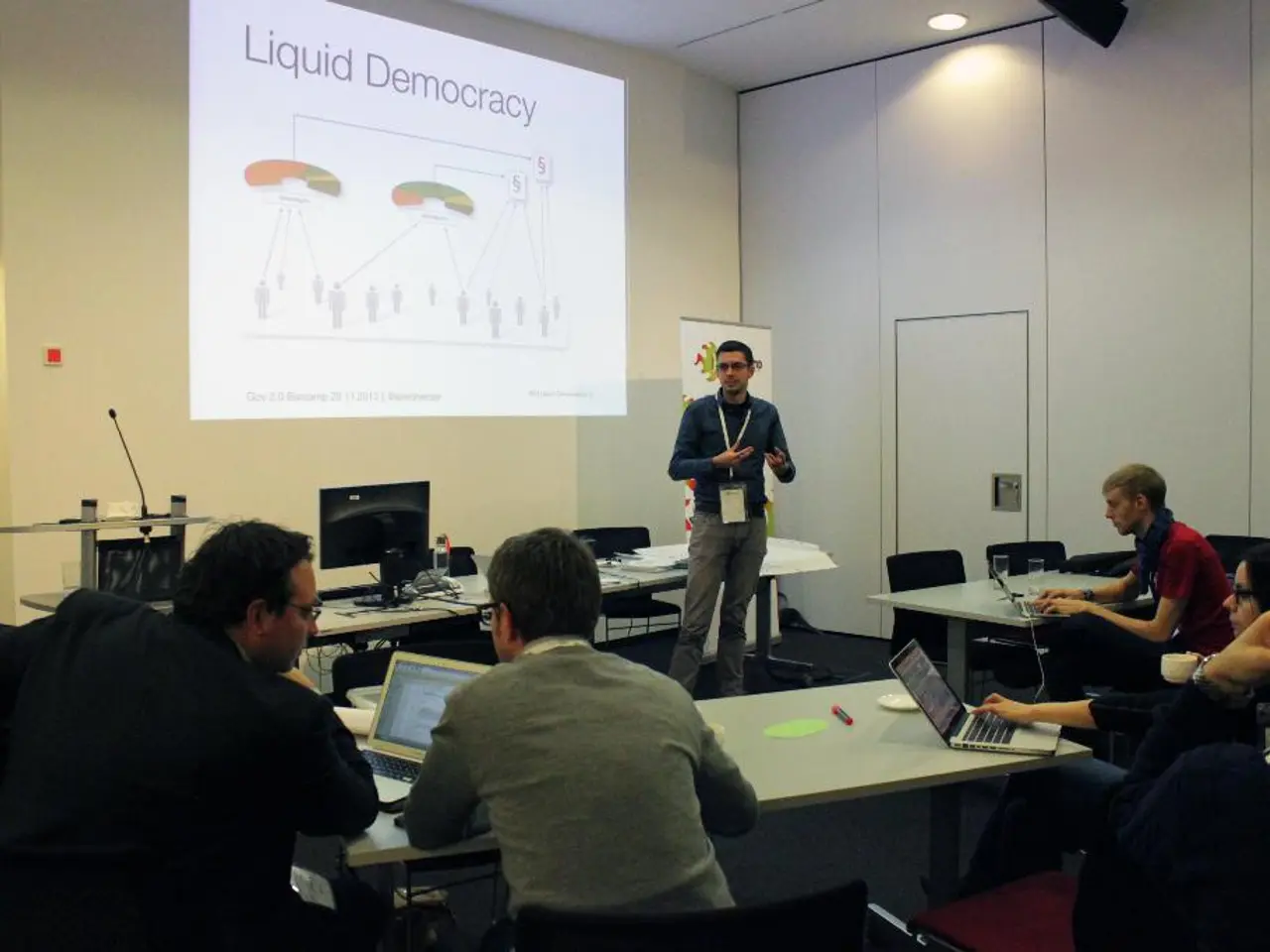Industries across Thailand grapple with sudden workforce shortages due to escalating border conflict with Cambodia.
The sudden departure of around 400,000 Cambodian migrant workers from Thailand in late July 2025 has led to a severe labor shortage in the country, particularly in key sectors such as agriculture, construction, and food processing [1][2].
Prior to the exodus, Cambodian workers made up 70–80% of the workforce in border provinces like Chanthaburi, Trat, and Surin [1][2]. Their departure has disrupted production and business operations nationwide, as these migrant workers fulfilled crucial labor demands that Thai domestic workers have struggled to replace quickly [1][2].
The exodus was triggered by escalating border conflicts, growing anti-Cambodian sentiment, and viral rumors about threats to workers’ safety and property, causing mass flights back to Cambodia, often under difficult conditions [1][3][4][5].
Authorities are attempting to mitigate the impact by recruiting workers from Laos and Myanmar, but bureaucratic and logistical hurdles are limiting the speed and scale of these efforts [1]. The loss is compounded by economic linkages: these workers send back significant remittances to Cambodia, which represent 6.5% or more of Cambodia’s GDP, highlighting the broader regional economic disruption [2].
In the short term, fully replacing the 1 million to 1.2 million Cambodian workers with those from Laos and Myanmar presents logistical challenges. In the long term, a structural shift in production away from labour-intensive models towards greater reliance on technology and capital is deemed unavoidable [6].
Planning and investment in technology to reduce dependence on neighbouring country labour must be prioritised well in advance. Increasing labour quotas, managing immigration procedures, and navigating higher legal costs could impact Thailand's competitiveness in its labour-intensive manufacturing sectors [7].
Should the conflict persist and exacerbate the labor shortage, authorities may need to consider importing more labour from Laos and Myanmar as an alternative. The exodus has created acute labor shortages in critical Thai sectors, disrupted supply chains and production, and pressured the Thai government to find alternative labor sources amid ongoing border tensions and nationalist backlash [1][2][3]. This situation presents both immediate economic challenges for Thailand’s key industries and potential long-term effects if the labor vacuum persists.
[1] BBC News. (2025). Thousands of Cambodian workers flee Thailand amid border tensions. [online] Available at: https://www.bbc.com/news/world-asia-61367568
[2] Reuters. (2025). Cambodian workers flee Thailand amid border tensions, leaving labour shortages. [online] Available at: https://www.reuters.com/world/asia-pacific/cambodian-workers-flee-thailand-amid-border-tensions-leaving-labour-shortages-2025-07-31/
[3] The Phnom Penh Post. (2025). Thousands of Cambodian workers flee Thailand amid border tensions. [online] Available at: https://phnompenhpost.com/national/thousands-cambodian-workers-flee-thailand-amid-border-tensions
[4] The Nation. (2025). Thousands of Cambodian workers flee Thailand amid border tensions. [online] Available at: https://www.nationthailand.com/news/30404054
[5] The Straits Times. (2025). Thousands of Cambodian workers flee Thailand amid border tensions. [online] Available at: https://www.straitstimes.com/world/asia/thousands-of-cambodian-workers-flee-thailand-amid-border-tensions
[6] The Bangkok Post. (2025). Thailand to prioritise technology to reduce dependence on foreign labour. [online] Available at: https://www.bangkokpost.com/business/20250801.1007096/thailand-to-prioritise-technology-to-reduce-dependence-on-foreign-labour
[7] The Nikkei Asian Review. (2025). Thailand's labor shortage: What it means for the country's manufacturing sector. [online] Available at: https://asia.nikkei.com/Business/Thailands-labour-shortage-what-it-means-for-the-countrys-manufacturing-sector
- The labor shortage in Thailand's agriculture, construction, and food processing industries, triggered by the mass departure of Cambodian workers, has led to disruptions in the economy, impacting business operations nationwide.
- The exodus of Cambodian workers has not only created acute labor shortages in critical Thai sectors but also disrupted supply chains and production, potentially affecting Thailand's competitiveness in its labor-intensive manufacturing sectors.
- As a result of the labor shortage, authorities are considering alternatives, such as importing more labor from Laos and Myanmar, to mitigate the impact on the country's key industries.
- The sudden shift in the labor market may necessitate a structural shift in production towards greater reliance on technology and capital to reduce dependence on neighboring country labor.
- The international community is closely watching the situation, as the ongoing border tensions and nationalist backlash have potential long-term effects on the economy, politics, and general-news landscape of both Thailand and Cambodia.




